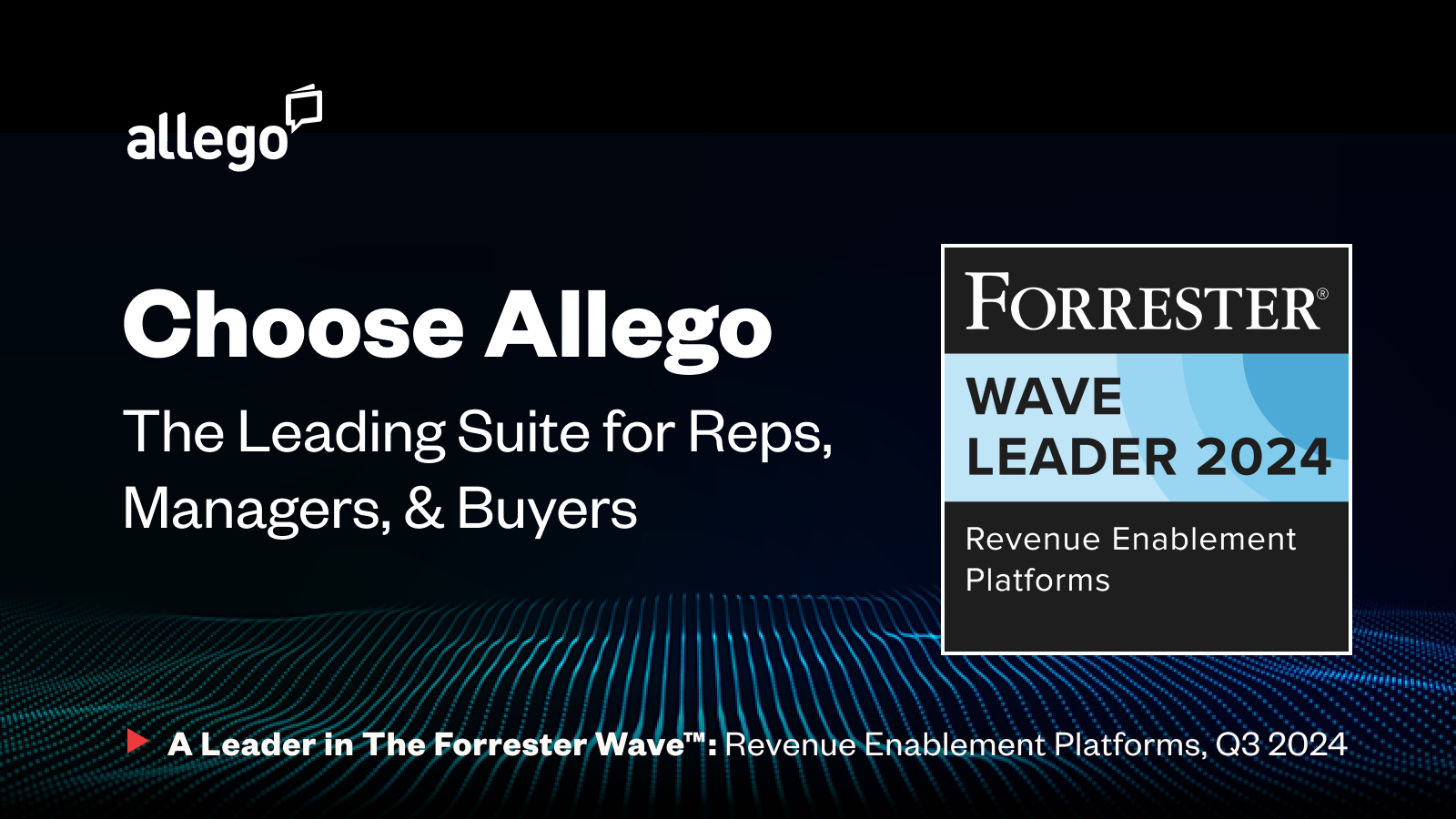Sales Enablement in the Virtual Selling Era

B2B sales is forever changed. Although the industry was always moving in a digital direction, COVID-19 forced its hand—pushing teams to work in exclusively virtual environments overnight. The industry not only adapted to this virtual selling method; it thrived.
While sales organizations have made their way back to the office, many still use a hybrid work models. Face-to-face interactions between buyers and sellers are possible today, but most buyers prefer a virtual selling method.
Virtual Selling Is Here to Stay
Customers want options when it comes to the buying experience. According to research from McKinsey, B2B buyers have settled into using an evenly divided mix of sales channels. When it comes to identifying and researching new suppliers, considering and evaluating new suppliers, and ordering, customers prefer a balance of traditional, remote, and digital self-serve interactions.
To accommodate this new omnichannel approach to selling, sales teams need to know how to successfully navigate every channel to ensure they can reach customers no matter where they are. That’s where sales enablement comes in.
Sales Enablement in the Virtual Era
Sales enablement helps reps access the right content, learn new skills, and collaborate with one another to better serve B2B buyers. With more customer interactions happening in digital spaces, sales enablement ensures reps get the training they need to successfully close deals in the virtual era.
A crucial part of sales enablement is the software that sales organizations use to streamline sales activities, such as sales learning, collaboration/communication, sales content management, customer relationship management, and coaching. However, while these systems are meant to empower better-trained sales teams, using too many tools can have the opposite effect.
 The State of Sales Enablement Tools
The State of Sales Enablement Tools
Download The Sales Enablement Technology Report to get the latest insights and advice for building the best sales enablement tech stack.
Multiple Tools May Hinder Effectiveness
A vast majority of companies deploy multiple technology solutions to support sales efforts, but doing so can negatively impact their results. Having numerous sales enablement solutions means reps need to learn and acclimate to numerous systems and platforms to reap the full benefits. According to a report from Allego, 50% of sales reps believe they’re required to learn too many sales tools. Expecting reps to learn too many tools—on top of keeping up with customer demands—can lead to poor adoption, confusion, and frustration among sales teams.
Another negative impact is the loss of time that occurs when switching from one platform to another. Having numerous tools means users need to keep track of numerous login credentials—increasing the likelihood they’ll eventually lose those credentials. Allego’s report also notes that one in three reps lost passwords to a sales enablement system within the past month. To regain access to the system, administrators spent up to four hours helping reps recover their passwords.
Sales teams can’t afford to waste time jumping from one sales enablement platform to the next—or learning how each one works and what task it should be used for. Virtual selling requires sales teams to be agile and adaptable. They can’t do that with multiple sales enablement platforms; they need a comprehensive solution with all the tools they can easily access in one place.
Virtual Selling Is Easier with a Comprehensive Sales Enablement Platform
To be effective sellers, sales teams require ongoing training, coaching, and easy access to the most relevant sales content. Moving previously siloed software like LMS, CMS, onboarding, training, and call coaching into a single solution allows teams to gain system-wide benefits, such as accelerating the sales cycle, driving higher average contract values, and boosting profitability in the sales organization.
With fewer platforms to learn and manage, reps can be more productive and get trained faster because their focus isn’t on navigating multiple platforms or finding the right tool. As a result, rep adoption of the software is more likely to increase because their experience is relatively frictionless—allowing them to get training, collaborate with their teams, and easily access, create, and share content.
Costs are often high for organizations that use multiple platforms, some of which tend to be redundant. Spending that amount typically doesn’t pay off due to teams not utilizing the several sales platforms available. A comprehensive solution does away with unnecessary expenses by making it easy for reps to get the software needed in a single location—saving organizations money in the long run.
Sales enablement tools are critical to sellers’ success; however, using too many can prove detrimental. By deploying a comprehensive solution, reps get what they need in one place—doing away with the hassle of multiple tools. Virtual selling has called on sales teams to be better prepared to take on remote buyer interactions and, with one comprehensive sales enablement platform to keep track of, reps can be effective wherever they engage with buyers.
This article originally appeared on Selling Power.
Learn More
Download The Sales Enablement Technology Report to learn more about the financial and productivity benefits of consolidating your sales enablement tech stack.




